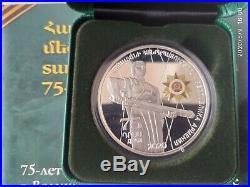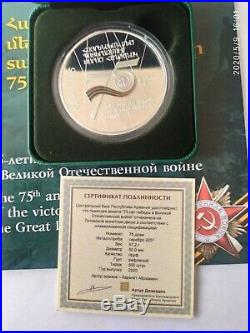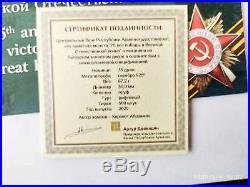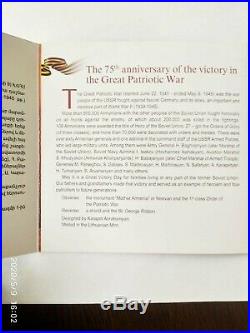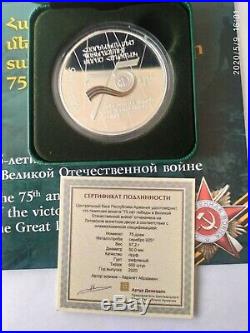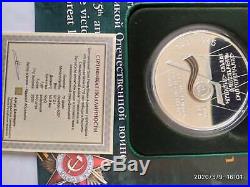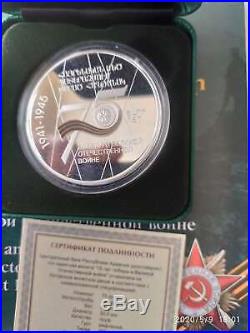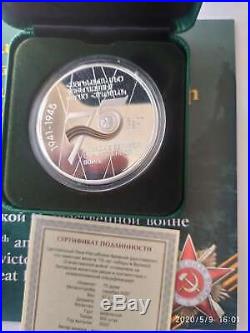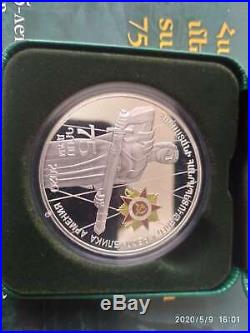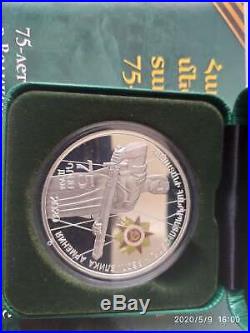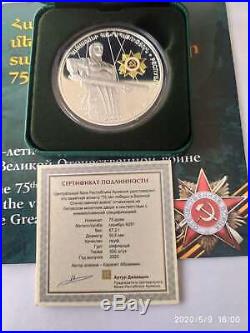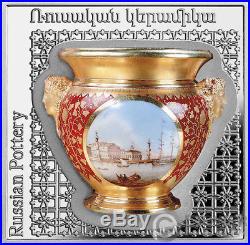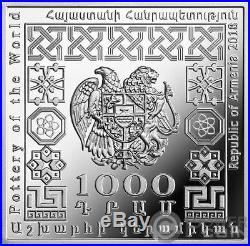
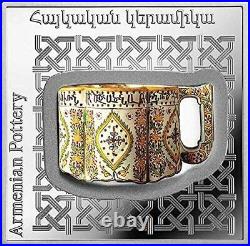
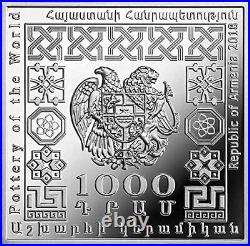

The ancient clay objects found in the Armenian Highland refer to the 7th millennium BC. With gradual improvements in the potter’s craft ceramics acquired variety of forms and ornaments, thus giving rise to terracotta and colored ceramics. In the Middle Ages Dvin and Ani, the capitals of Armenia, were major centers of Armenian pottery. Here, the Armenian artisans made belt-garnished crockery and glazed faience. From the 15th century, a settlement Kyutahia (Kutina) in historical Armenia was famous for production of Armenian ceramics. The Armenian ceramists in Kyutahia greatly contributed to the development of pottery in the region. Their works decorated many churches and buildings, were exported to European countries. An earlier 18th century clay censer, with depiction of a cross and the Armenian scripture dedicated to the Holy Mother of God, is one example of the Armenian pottery from Kyutahia. The clay censer is preserved in the Cincinnati Art Museum (Ohio, USA). Obverse: the coat of arms of the Republic of Armenia and national ornaments. Reverse: the clay censer against the Armenian ornament. Series: Pottery of the World. Coat of Arms with three symbols to the left and right, all surrounded by legend. Pottery of the World. Republic of Armenia 2018. Enameled Armenian pottery in the form of a handled cup. Please be aware of that when you order! Please check my other Armenian silver coins for sale. This item is in the category “Coins & Paper Money\Coins: World\Europe\Other European Coins”. The seller is “verygood0000″ and is located in this country: AM. This item can be shipped worldwide.
- Country/Region of Manufacture: Armenia
- Certification: Uncertified
- Year: 2018
- Composition: Silver



